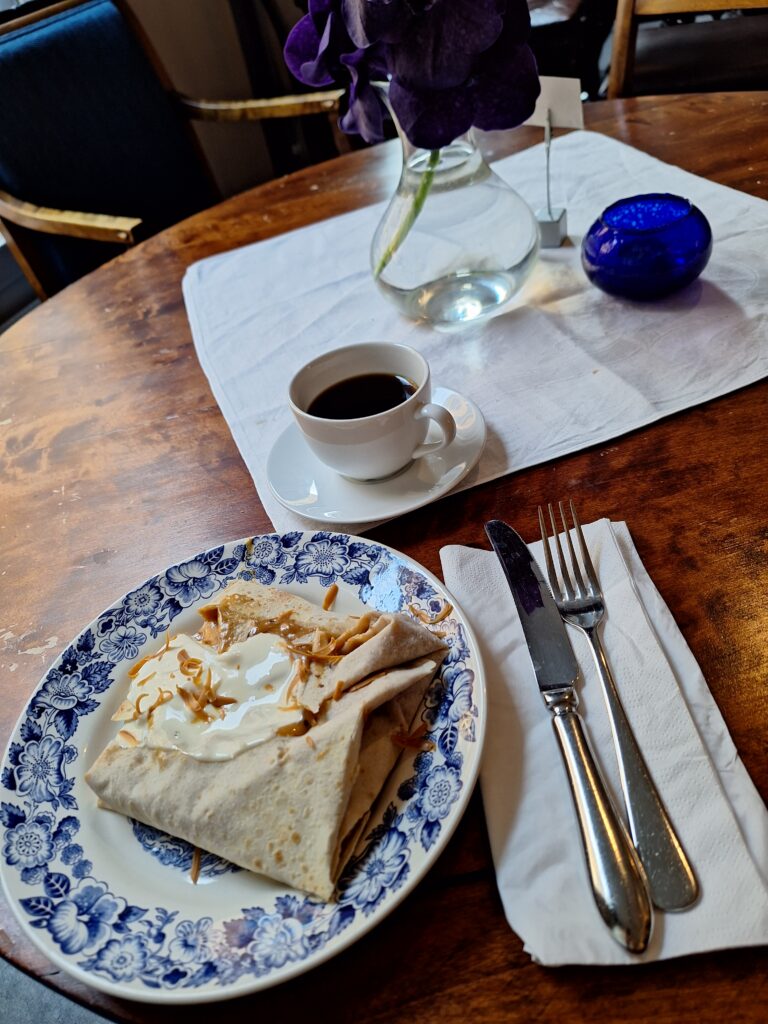In the innermost part of Øvervatnet (the Upper Lake), approximately midway between Fauske and Sulitjelma, by the estuary of the river Sjønståa, lies an old settlement. A farm (actually 2) with such a beautiful (skjønn-) name must be absolutely splendid, you might think, and yes, this is as being in a fairytale; with a meandering river, steep mountain sides and beautiful old buildings. The name is not explained with full certainty, but may come from ‘skinstøde-å’, i.e. the river at a place where the cows seek shelter from insects in the summer heat. No beauty explanation, actually.
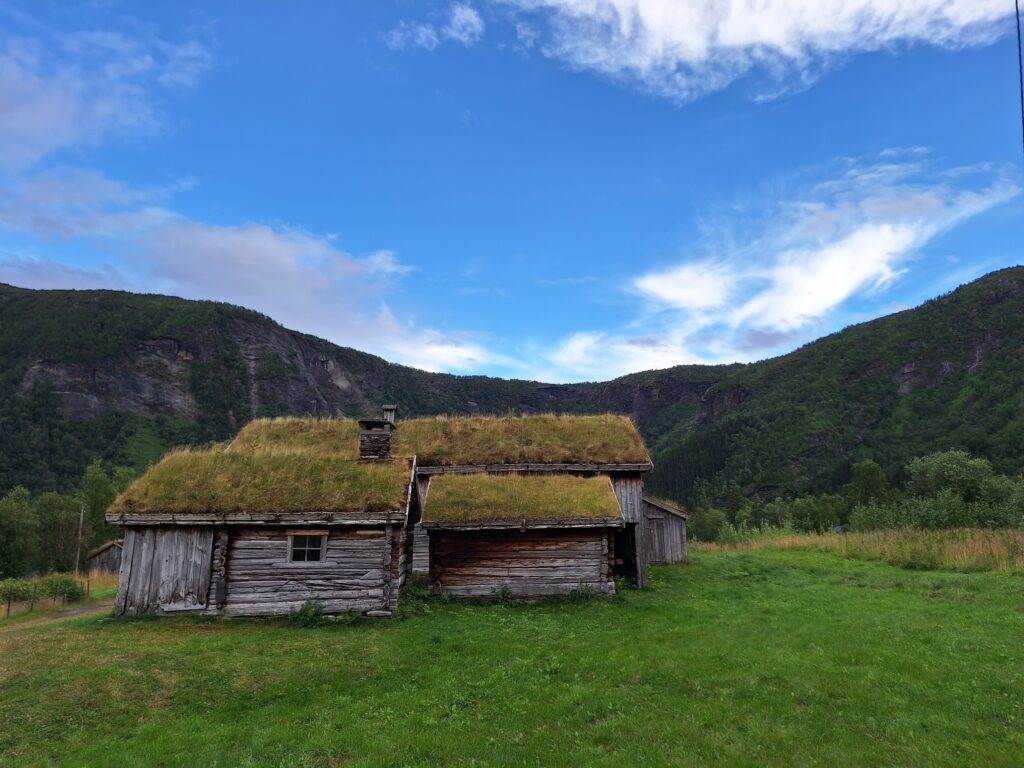
Sjønstå is mentioned for the first time in a tax census from 1665, under the name Süinstad. Øvervatnet is directly connected to the sea via Hermogsundet (Nervatnet) and Finneidstraumen, to Skjerstadfjorden. Fishing was therefore an important supplementary income to agriculture. The tax to be paid in 1666 was 9 kg dry fish in military tax (leidang), 3/4 barrel of grain and 4 kg of cheese to the church, and also 18 kg of dry fish in land debt.
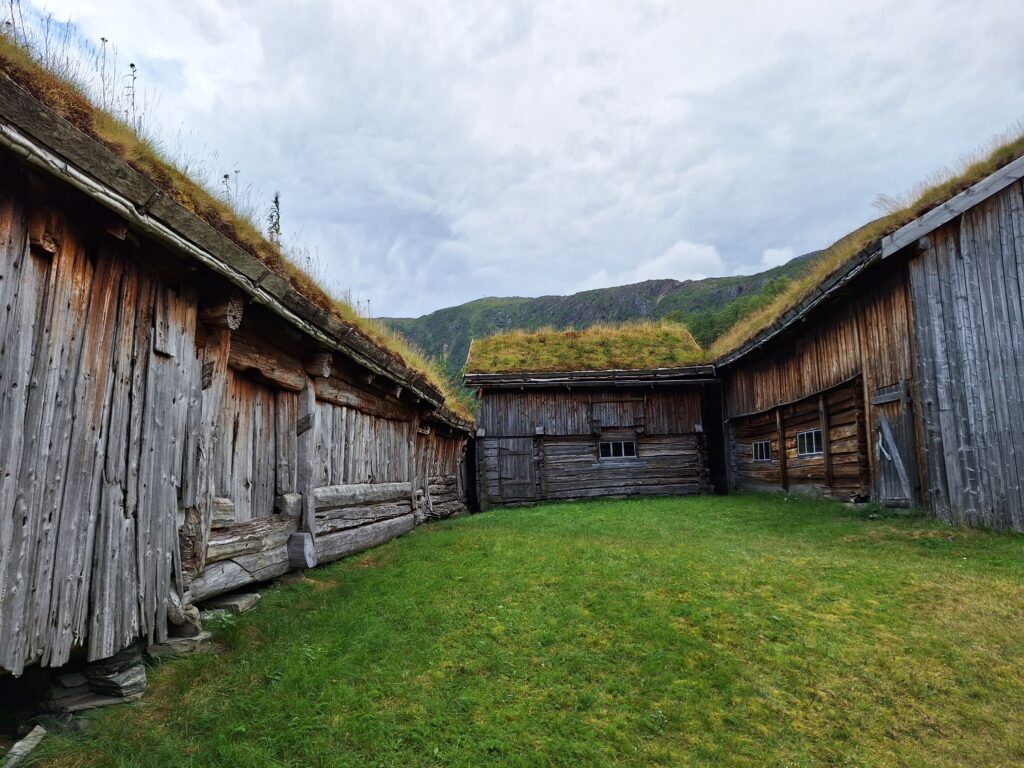
The farms at Sjønstå had little opportunity for expansion, since the place is surrounded by steep mountains. At the census in 1865, there were 21 people living in Sjønstå, divided into three households.
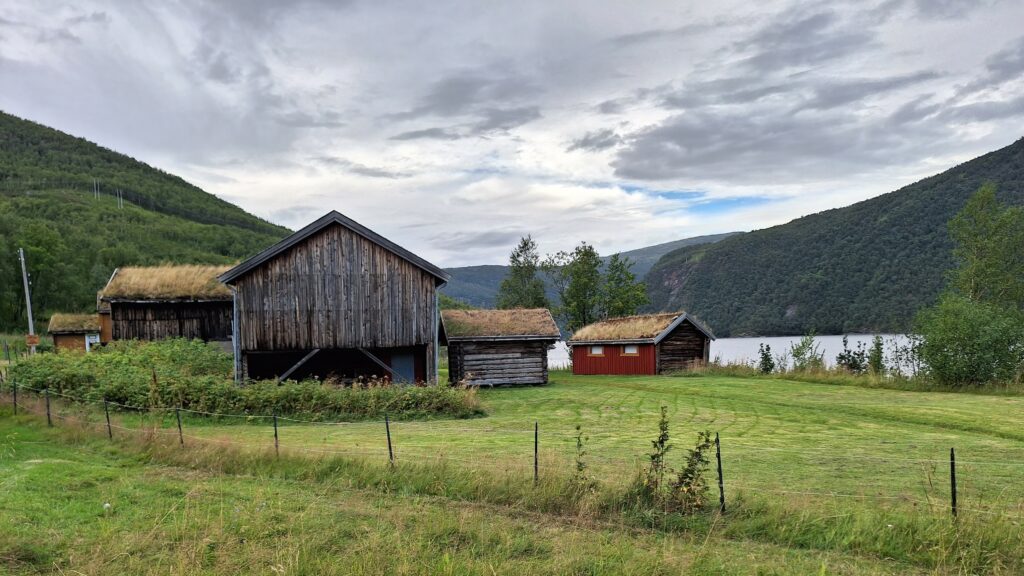
With the establishment of the Sulitjelma mines, Sjønstå became a hub in the transportation between Sulitjelma and Finneid/Fauske. Transport of ore from the mines took place by boat on Langvatnet. From Langvatnet to Sjønstå, they initially went by horse and sledge 10 km over the mountain. This was a slow and expensive transport, and construction of the railway started almost immediately, opening in 1892. Transshipment took place on the east side of the river, and in 1920 a bridge was built across it so that the farm’s people could easily get to the steamship quay and railway station. Between 1890 and 1956, Sjønstå had 300 inhabitants.
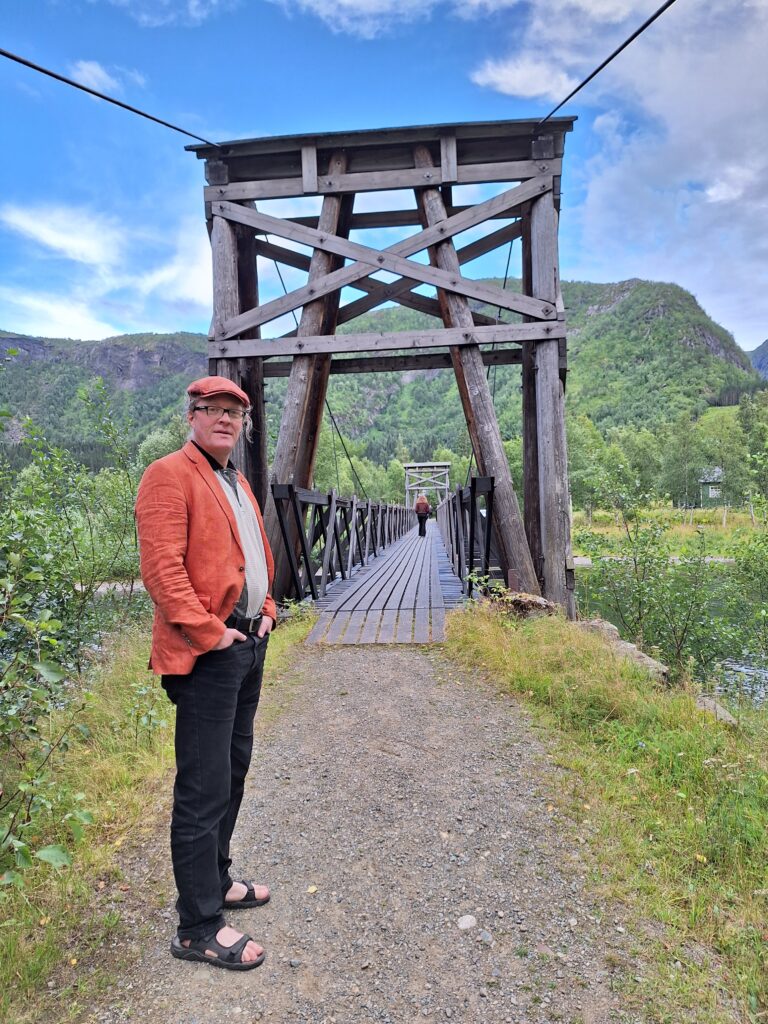
Transport of ore from the mines only took place in the summer, when the waters were ice-free. There was a strong desire for a railway all the way from Sulitjelma to Finneid, and finally, in 1956, the line was complete from Fagerli to Finneid, including 3 long tunnels. The last stretch of the Sulitjelma Railway was opened by King Olav V in 1956, and closed down again in 1972, when the track was turned into a road within just 3 weeks (county road 830). This was the end of Sjønstå’s function as a transport hub. The place was quickly vacated, except the old farm, which continued until the bachelor Andor Karolius Hansen died in 1973 (Øvergården).
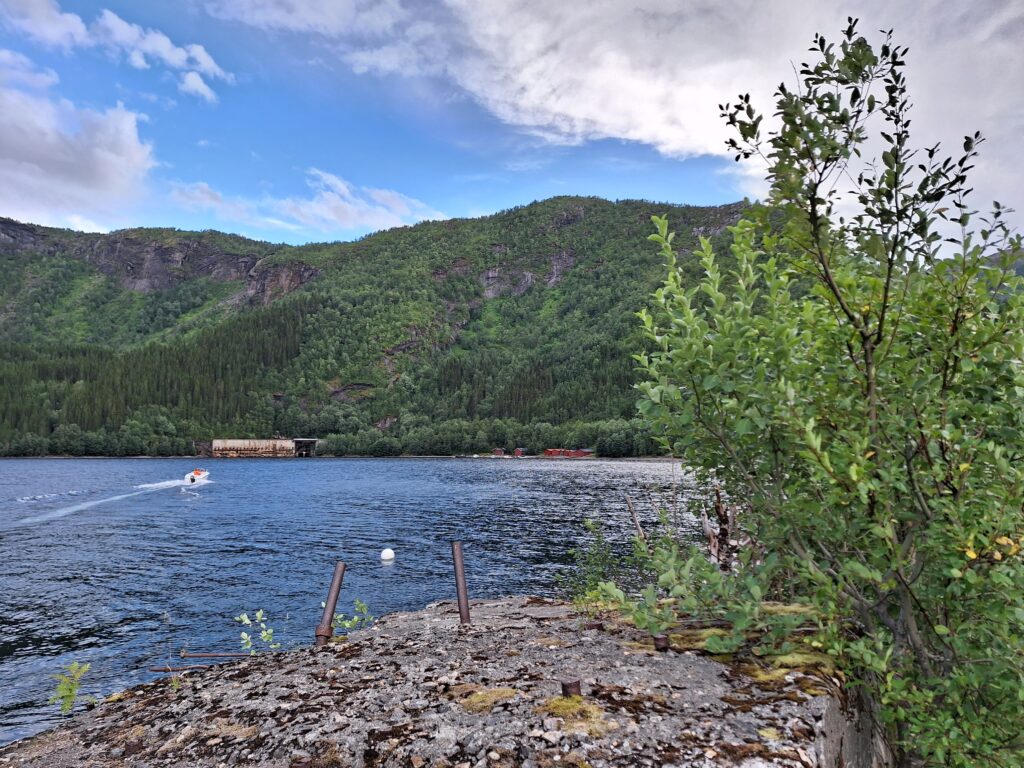
At Sjønstå there are good swimming opportunities from the beach on the east side of the river. You just have to throw yourself into it!
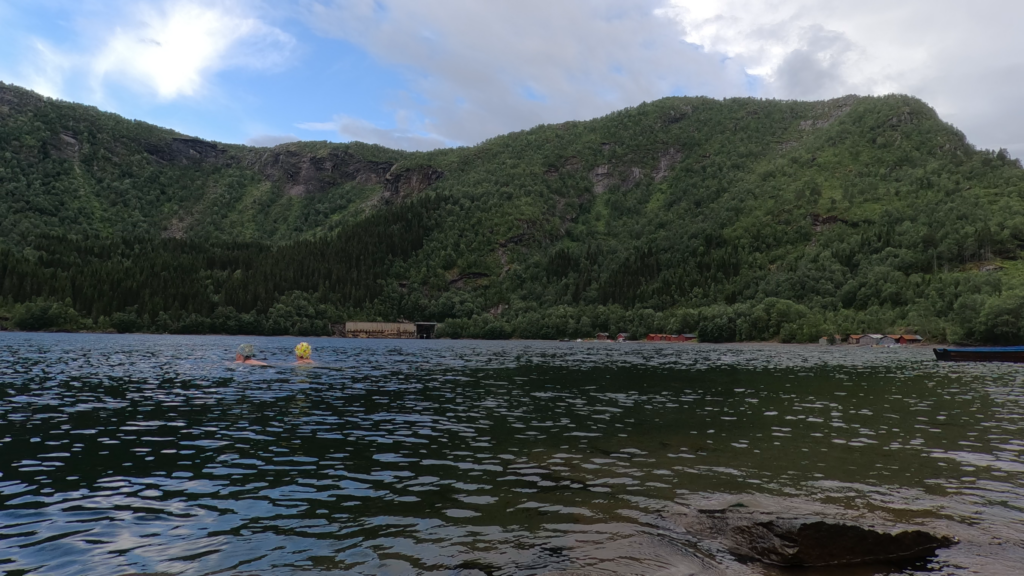
After a refreshing swim at Sjønstå, time is just right to get new energy into the body. Today, almost all newer houses (from the 20th century) have been demolished, but on Sundays there is a cafe in ‘Folkets hus‘ in Sjønstå. ‘Møsbrømlefse‘ is made by heating a thin ‘lefse‘ filled with ‘duppe‘ (brown cheese sauce). This is a signature dish from the Salten region in Nordland, which we will strongly recommend. Buon appetite!
